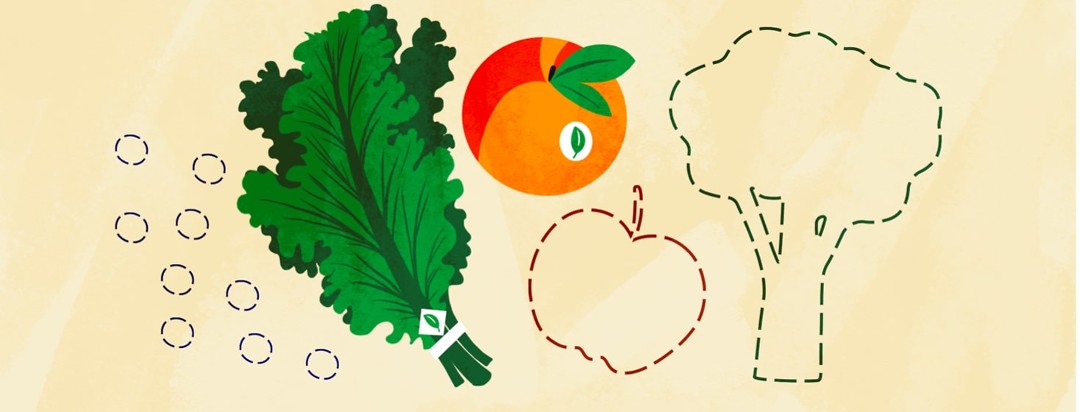How Do I Eat Enough Produce in the Winter?
I don’t know about you, but over here in the Midwest, winter is tough. It’s cloudy, we can go days without a glimpse of the sun, and the produce is not as abundant or as high quality as we find in the summer. But it’s important to make sure you are eating nutritious meals when living with type 2 diabetes!
Tips for eating fruits and vegetables in the winter
Here are a few tips on eating enough produce during the winter months.
Utilize frozen
You may have it in your head that frozen foods or vegetables are less nutritious. But actually, if you know what to shop for, it’s easy to find healthy options in the freezer section! When choosing frozen vegetables, look for selections that come without sauces or butter. These sauces are often high in fat and sodium. If you choose plain vegetables, it will be easier for you to fix them up in a healthy way that you love!
Citrus fruits
What a coincidence that during cold and flu season, citrus fruits that are high in vitamin C are easily accessible! Fruits like oranges, clementines, lemons, and grapefruit are great alternatives when looking for fruits that will last. Because they are in season, they don’t have as far to travel to get to your grocery store, meaning they have a longer fresh phase when you get them home. Try including a small orange with your lunch, or squeezing some fresh lemon juice into your warm tea or water.
Hardy greens
Consider trying some new greens such as cabbage or collard greens. Cabbage keeps for a long time. The outside layer acts as a package, keeping the inside crisp and fresh. When it’s time to eat, peel off the outer layer and slice what you need. Cabbage is great mixed into salads or on top of sandwiches for an added crunch!
Other fruits and vegetables
If citrus, frozen, or greens don’t appeal to you there are still some other seasonal options such as apples, bananas, kiwi, parsnips, carrots, and squash. Often things with a thick peel, such as bananas and apples, have a longer freshness phase since they have their own protection. Berries, on the contrary, can go bad quickly due to their thin and fragile skins. If you are struggling to find good produce options in the winter due to the lack of quality and variety, look into these options.
Everyone benefits from eating fruit and vegetables because they are loaded with necessary vitamins and minerals. But especially when you are living with type 2 diabetes, it is important to have good and healthy options at hand!

Join the conversation